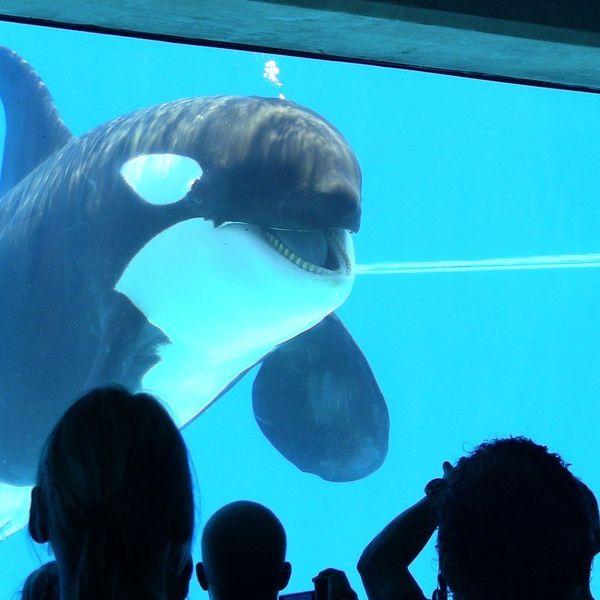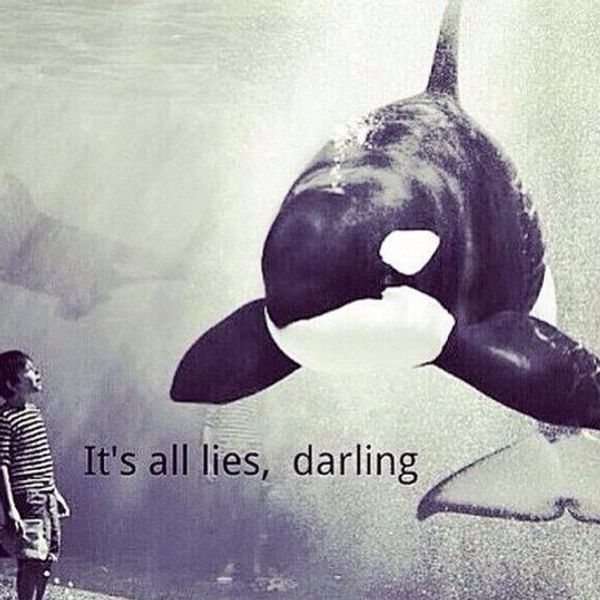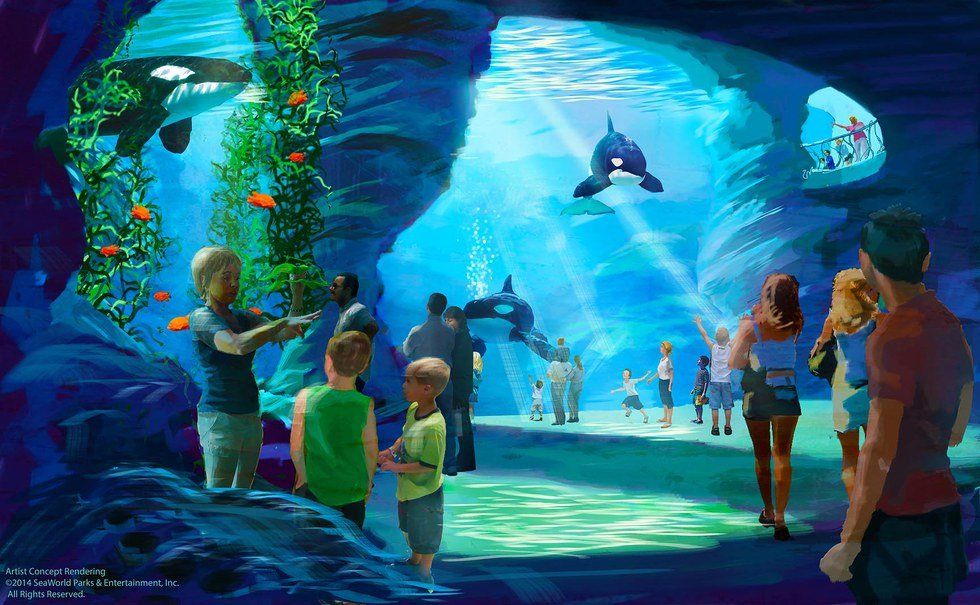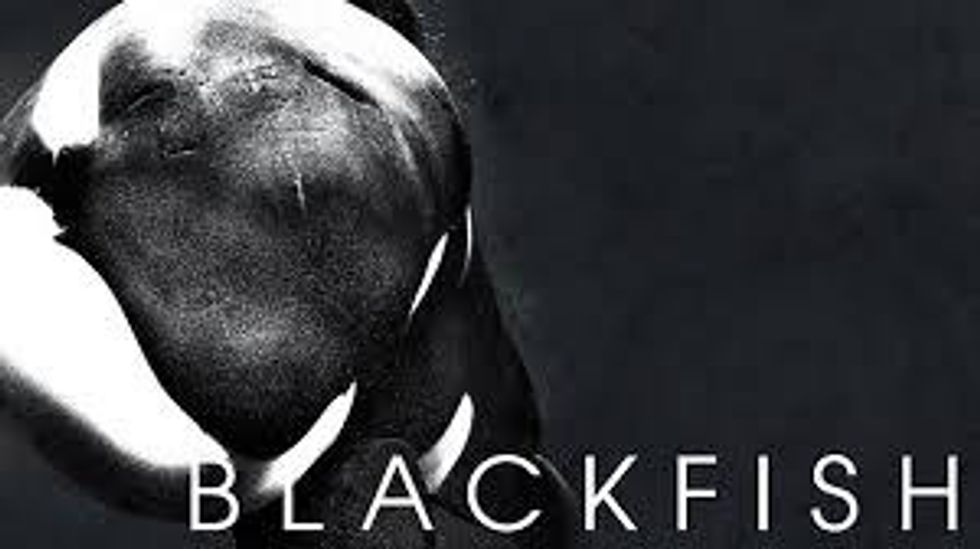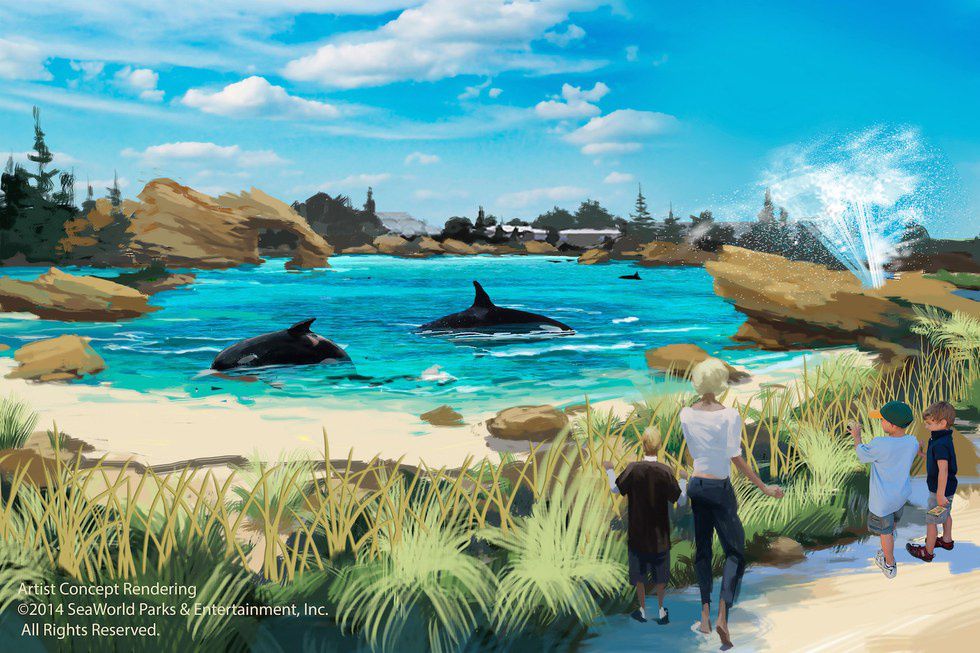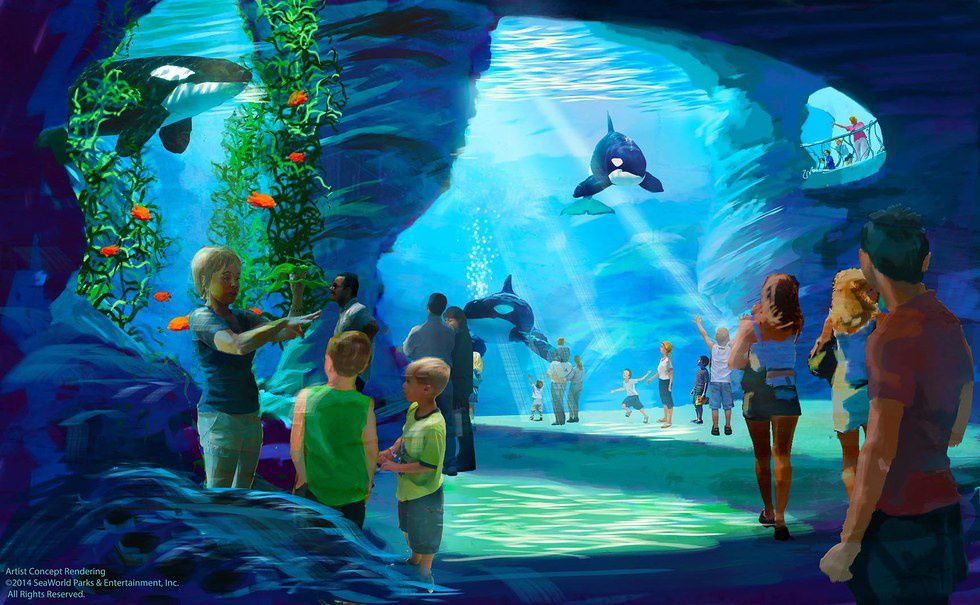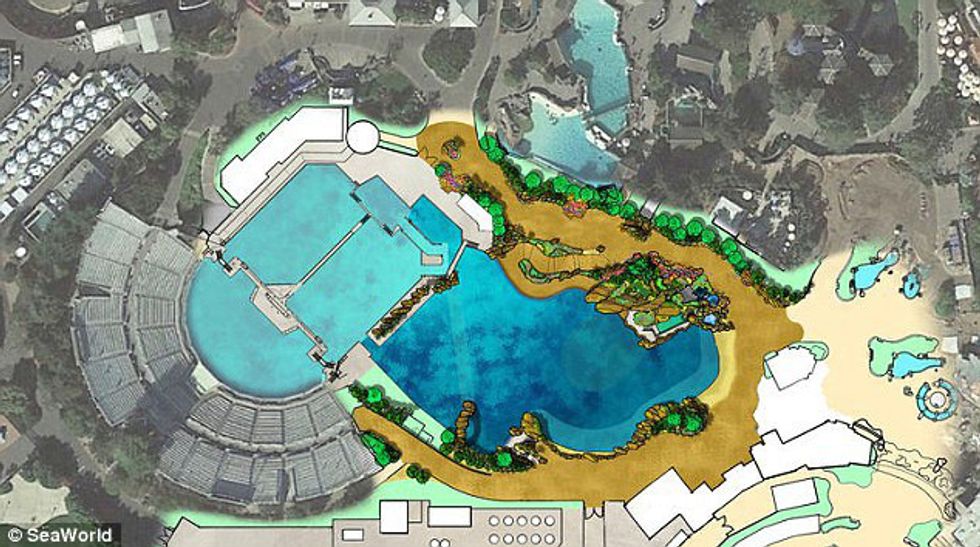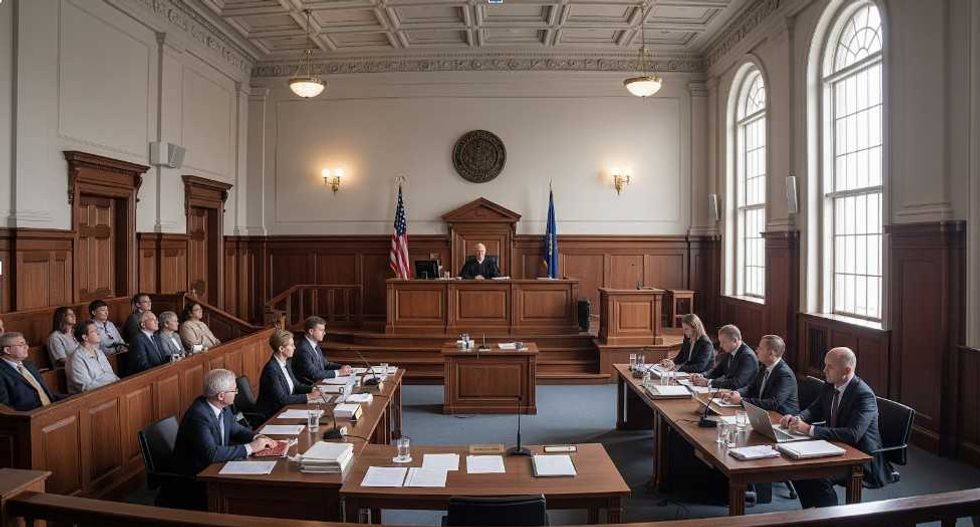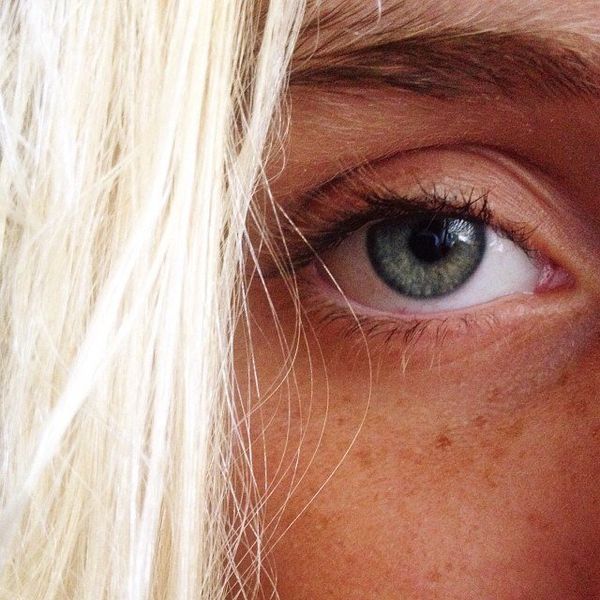I’ve been fascinated with marine life for as long as I can remember. As a kid, I would go around telling people that I wanted to be a marine biologist when I grew up -- which stood out in comparison with the ballerinas and firemen the other kids wanted to be.
When the documentary "Blackfish" came out in 2013, I was immediately interested. Sea World was held in such high esteem for me as a kid and the orcas and dolphins there were the closest I had ever come to touching a real live marine animal. Some of the horrors the documentary showcased nauseated me and empowered me to learn more.
"Blackfish" has created a movement. The documentary speaks about issues within the Sea World corporation, like how the company lies about many of the facts they tell customers, the many injuries of the trainers from the whales and the terrible conditions of the orcas that have been covered up by Sea World. But the movie’s main focus is on the killer whale, Tilikum. Tilikum had a story very much like many of the whales that Sea World still owns and show on a daily basis. He was taken as a baby from his mother in the wild, who was later killed by the fishermen who captured him. He was then stored in a dark, approximately 20 x 20 foot tank until he was shipped to a variety of parks, finally settling at Sea World Orlando. Being one of the only male orcas in captivity, he is forced to give sperm to impregnate other whales, creating a long and viscous cycle of breeding within the company. Because of these traumatic events, Tilikum has injured many trainers and killed three people.
The entire documentary can be viewed on Netflix or you can watch the trailer below:
After the documentary was aired, Sea World’s sales began to drop. Visitor numbers in San Diego have dropped 17 percent from last year and the numbers are still falling. This drop has caused the company to have a $10 million hit to their revenues. Attendance has fallen in the parks and the company is trying to fix the issue by creating a new environment for the orcas.
They launched a new initiative last week for Sea World San Diego. In 2017, they plan to begin having more “informative and natural” shows which they call the Blue World Project. The plans include a new 10 million gallon tank in a 50 by 350 foot deep pool that will double the size of the current tank the orcas are living in now. The tanks will also include a high-speed current for the whales to swim against for a more stimulating and natural experience for them. In this natural habitat environment for the orcas, Sea World's main goal is to focus on education and conservation, according to the Blue World project site, which you can find here.
The new, more natural environment for the orcas
The four story indoor viewing area
A bird's eye view of the new plans
The shows will continue in the Orlando and San Antonio but the company has promised a similar project for each park. This change is the beginning of the solution to the bigger problem, although there are still many issues the parks needs to deal with. Some of the most prevalent being the breeding of the orcas in captivity and the health risks for the animals and the trainers.
You can learn about other issues within the Sea World cooperation and pro-"Blackfish" ideas here and here. Also, Sea World now has several sites that shows why "Blackfish" is wrong that you can visit here and here.

